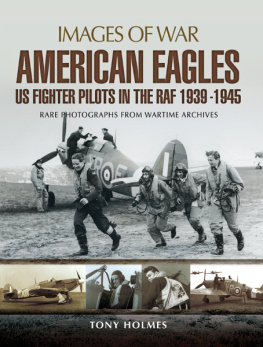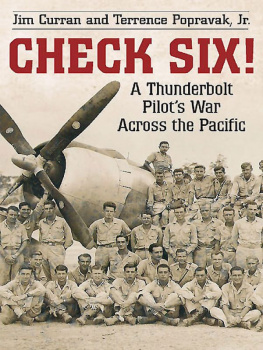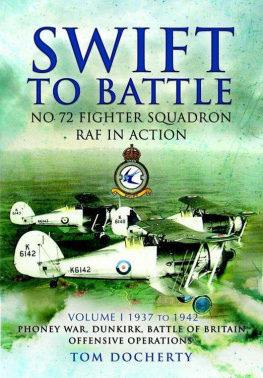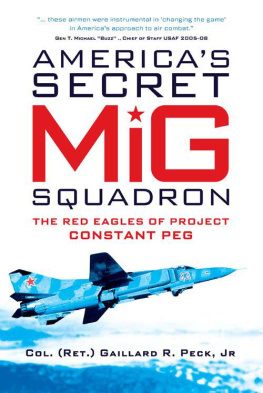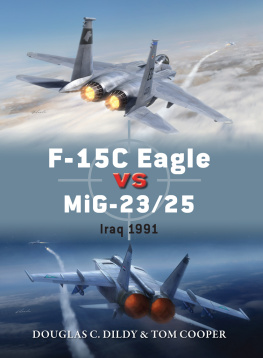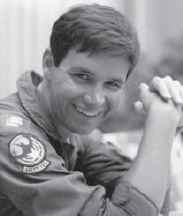RED EAGLES
Americas Secret MiGs
STEVE DAVIES
CONTENTS
DEDICATION
In Memory of Red Eagles Lt Commander Hugh Bandit Brown (left), Captain Mark Toast Postai (right), and Technical Sergeant Rey Hernandez.
ACKNOWLEDGMENTS
This is a story about the Red Eagles: a group of men, and a handful of women, who provided Americas fighter pilots with a level of training that was the stuff of dreams. It was codenamed CONSTANT PEG.
In a departure from the books that I usually write, this story is not grounded in absolute historical certainties, but rather is an amalgamation of the memories of 35 of a total of 69 Red Eagle pilots whose names appear on the unclassified pilot roster of the 4477th Test & Evaluation Squadron (TES), United States Air Force (USAF), between April 1977 and March 1988. In addition, I interviewed six maintainers and several other non-flying Red Eagles.
I would love to have had a range of contemporary documents for reference, but sadly many have been lost, others were deliberately shredded in 1988, and those few that were preserved for declassification were burned in a safe when a hijacked airliner hit the Pentagon on September 11, 2001. Simple arithmetic dictates that even the freshest memories were 20 years old when this book was first written in 2008, and that the oldest have now had more than 40 years to dim. This fact is important, because in the course of the 75 hours of taped interviews I conducted and transcribed, there were many contradictions and disagreements about what happened and when, at the hands of whom, and why. Throughout the text I have relied extensively on quotations taken from these interviews, which were conducted in person or over the telephone between January 2007 and February 2011.
It is an honour to have been given the opportunity to write this second edition of the book, not least of all because the Air Force has been productive in its response to my Freedom of Information Act requests since 2006 declassifying six important black programs as a result. Regrettably, many of these arrived too late to be included in the first edition, and some have taken four years to be released, but these programs are now accurately referenced in this new edition. At the time of writing, February 2011, there remain five or six additional FOIAs that are still awaiting a release determination, and I hope to include them in a future edition. In the meantime, I thank the US Air Force for working hard to declassify as much of the story as possible.
So what of this second edition? It includes an additional 23,000 words of new material, some of it revealing for the first time more information about the MiG flying exploitations that led up to the creation of the Red Eagles, but most of it focused on detailing the intelligence side of the story and adding additional narratives from Red Eagle pilots and maintainers. In short, it fills a number of gaps and adds critical detail and clarity to other aspects of the story. Corrections have also been made to a small number of errors in the first edition.
I take great pride in the fact that the first edition of Red Eagles: Americas Secret MiGs has been placed on the 2011 US Air Force Chief of Staff reading list. I am, of course, under no illusions about this being more to do with the incredible story of triumph over adversity than it being to do with any literary talent of mine, but it does please me that Gen Norton Schwartz believes that the book can function as a learning tool for the men and women in the US Air Force today. Indeed, the vast majority of the feedback from the first edition has been positive, and from the Red Eagles themselves there has been strong praise.
I would, however, like to take this opportunity to be clear to readers about what this book is really about. 1) It is fundamentally about people, not airplanes. It is about talented, tenacious officers and NCOs who worked against the odds and risked their lives to create what is arguably one of the most successful programs of the Cold War. I therefore make no apology that it drops a lot of names. Naming the protagonists in this story is part and parcel of giving individuals a voice, and of recognizing their contribution to the program afterdecades of secrecy; it is not an indication of any sycophancy on my part. 2) This book is not an objective, technical analysis of Russian-designed fighters. It is simply the recollections of Americans who flew and maintained them in a vacuum in which they had to make up their own maintenance, training, flying, and tactical procedures from scratch. It is therefore accurate in the sense that what you read on these pages is what these men believed at the time. 3) This book was written with the intention that it be accessible and digestable by a wide audience I did not want it to be a hardcore discussion that would alienate the majority of readers. Specifically, I wanted to know that the wives, sons, daughters, and friends of the men mentioned on these pages would be able to understand what their husbands and fathers had done. In doing so, I have avoided highly complex technical discussions (much as I enjoy such things myself), and have expounded wherever possible in order to make sure that key concepts are easy to understand. 4) Finally, at no point did I intend this book to be an investigation of the sources of the MiGs. I have, where enough solid information is available publically (albeit not always obviously), presented more information about sources than any other person or publication to date. But that is the extent of my interest in that aspect of the story. It was made clear to me that revealing sources was not in the interest of the United States, a precondition of my access to the Red Eagles that I was happy to honour.
While the Red Eagle maintainers were largely unwilling to give interviews for the first edition of the book, they opened the door ajar for the second edition. Even so, this books remains biased towards the actual flying of the MiGs. The reality is that everything you read about in the pages that follow happened because of the extraordinary talent and dedication of these maintainers. I regret that their collective role appears to be far less prominent in the text than it actually was.
There are lots of people to thank, but none more so than LtCol (ret.) Earl Obi Wan Henderson and Col (ret.) Mike Scotty Scott, who read numerous iterations of the first edition of the book and spent tens of hours proofing and offering suggestions. Earl was a stoic supporter from the outset, and he provided me with his office (and car) when I visited Nellis Air Force Base to conduct interviews that he had set up on my behalf. He also gave me his backing, and that helped open doors that had remained shut for decades. Earls son, Neil, was also a fine host who helped smooth my visit to Vegas. LtCol (USMC ret.) Lenny Bucko, and Col (ret.) Paco Geisler were also prominent supporters who helped with my research and constantly answered questions without once complaining, while Col (ret.) Ted Drake provided a raft of corrections for the second edition and provided a significant amount of additional input regarding the MiG-23. A special mention must go to LtCol (ret.) Charles Smokey Sundell, who helped me with the first edition, made a special effort to bring beer to our meeting, but who I missed out of the acknowledgment last time around. Sorry, Smokey! I also thank Jerry Bickford, Rick Wagner, Rob Geer, Brad Fisher, and Don Lyons, maintainers who lent me their individual support and expertise for the second edition, and who shared stories for inclusion in the text. I would also like to thank Col (ret.) Jack Manclark, without whom the 4477th TES would never have been declassified. Jack also gave me his support, putting me in touch with Earl in 2006, thus lending this project a seal of approval that also helped open doors. Finally, Osprey Publishing have been a joy to work with on this project, starting with the original editorial team of Anita Baker and Ruth Shepherd, and moving to Kate Moore and Emily Holmes for the second edition. I thank them all for their patience and support.

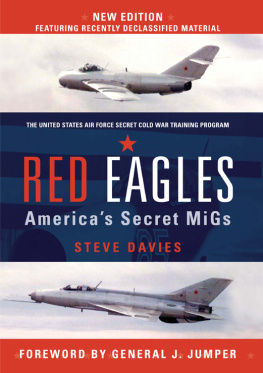


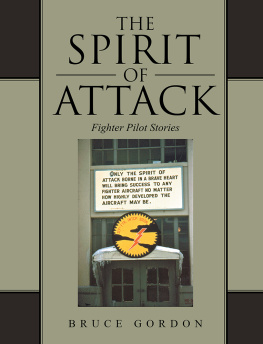
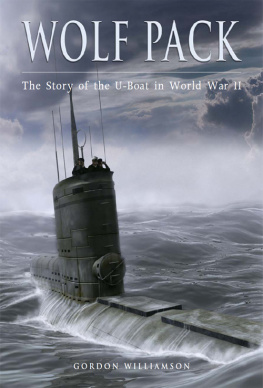
![Haselden Mark - Buffaloes over Singapore: [RAF, RAAF, RNZAF and Dutch Brewster fighters in action over Malaya and the East Indies 1941-42]](/uploads/posts/book/212345/thumbs/haselden-mark-buffaloes-over-singapore-raf.jpg)

